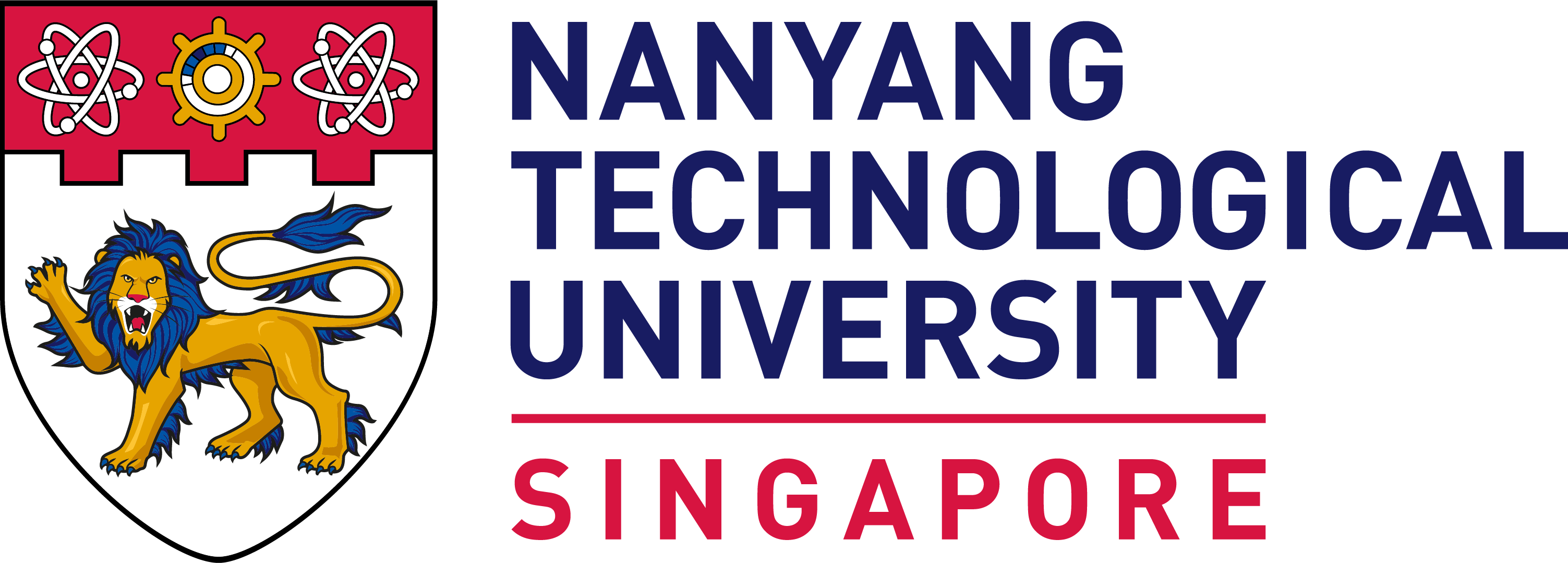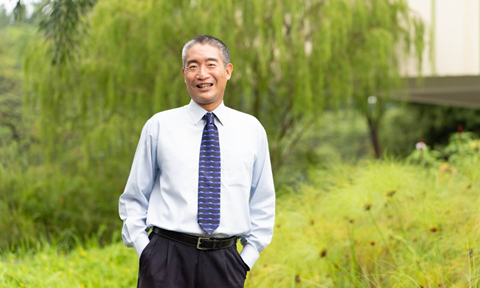Why AI can better help students as a learning buddy and not as a teacher?
The Covid-19 pandemic has disrupted traditional classroom learning, leading to a clarion call for a more flexible teaching and learning model that can support students' learning at home without the in-person scaffolds and interactions found in traditional classrooms.
This requires a high degree of independence, agency, and self-directed learning among the students.
To support students’ learning, we have seen an increase in intelligent tutoring systems using artificial intelligence (AI) that have demonstrated tremendous potential to provide immediate and personalised instructions and feedback to students.
The advancement of deep learning algorithms in AI has enhanced such systems' capabilities to offer one-on-one instructions by detecting individual needs and activating customised prompts and feedback to students.
While providing real-time individualised instruction is a boon, the notion of dehumanising education by taking a human teacher out of the equation pricks the nerves of many people.
It begs one to revisit some fundamental questions on education and learning. What is learning? What will be sacrificed in the process of replacing human teachers?
WHAT IS LEARNING?
There are various definitions of learning, from one that focuses on neurological and behavioural change to one that emphasises holistic development of identity, competence, and mindset change.
In an education system that is resolved to shift from an exam-orientated culture to a more robust and relevant learning environment that embraces the development of 21st century competencies in students, the latter definition is more appealing.
We want to develop motivated and self-directed students who possess the agency to learn and think critically and creatively, beyond just doing well in traditional examinations.
We need students who can ask the right questions, engage in deep inquiries, work with one another to solve problems and create new ideas and solutions.
WHAT IS MISSING IN THE AI TUTOR?
While an intelligent tutor can provide efficient individualised instructions, over-reliance on performance-driven individual tutoring impoverishes social interactions among students.
Social interaction is not only crucial to mental wellbeing but is an integral part of human learning and closely related to cognitive development and the emotions of learning.
We cannot undermine teachers' or friends' abilities to identify and respond to the student's cognitive, social, and emotional needs in any learning process.
In short, using AI as a tutor falls short of the goal of holistic education.
An alternative is to bring AI and humans together to create robust and holistic learning, that is, with AI functioning as a learning companion.
AI AS A LEARNING COMPANION
The development of an AI-enabled learning companion is one of Singapore's Smart Nation initiatives.
AI technology has already been harnessed for driverless cars. AI has also been used to analyse consumers' movements and preferences accurately to drive up sales.
However, human thinking and socio-emotional needs are far more complex than reading objects surrounding us. Consequently, using AI as a learning companion is only at its nascent stage.
One example of an AI learning companion is the analysis of a student's actions and behavioural patterns through behavioural or physiological data.
For instance, AI can help detect how long a student engages with a specific resource, such as the duration of eye fixation on a specific part of a document.
If a student is stuck with a maths problem, the computer can identify the situation and provide particular hints or resources or prompt the student with an alternative method.
However, there is a long way to go before AI learning companions can provide full support for emotions and sentiments.
The limitation in AI in interpreting students’ learning in authentic collaborative situations is complex.
For example, how do you interpret students’ inactivity through their expression? How do you tell if they are pausing to think hard or they are simply bored with the task?
In our research exploring multimodal learning analytics, an accurate interpretation requires hours of manual and automated analysis of multiple data sources, including the environment, the context and the teachers’ pedagogy.
AI-AUGMENTED LEARNING COMMUNITY
That said, we do not have to use AI to do all the work.
In an AI-human partnership, teachers will remain an important part of the teaching and learning equation.
Peer-to-peer interaction will also play a part, where students come together to challenge and support one another.
They provide alternative views and resources and help to improve one another's ideas. Such interactions provide motivation, competition, and collaboration — factors that studies have shown to be important in learning in Singapore schools.
Knowledge Building is an established learning sciences theory that focuses on community generating and improving ideas through a shared cognitive responsibility.
In a knowledge-building community, students engage in sustained online discussions to share ideas, suggest resources for peers and collectively formulate new understanding.
Through those social interactions, students will learn by exploring real-world problems with one another.
They improve on one another's ideas, rather than just refuting or challenging ideas, with the shared goal of obtaining a better explanation, understanding or solution.
Every individual is a contributor and co-creator of knowledge. A student's peers are fellow knowledge builders and learning companions. In other words, every member is a learning companion for everyone else.
This knowledge-building community is supported by the Knowledge Forum, an online platform where students can post notes and discuss ideas.
Knowledge Forum is used by learning institutions across the world. Teachers and students also adopt the platform across Singapore classrooms.
It is equipped with powerful learning analytics tools that can chart the students’ learning path.
For example, at the press of a button, the analytics can show who has read whose notes, who is working on similar ideas or how a specific topic's vocabulary has developed over time.
Machines working in the backend will provide analytics to human teachers and students, who can study the information and plan their next learning actions.
In this way, students can learn through interactions within a community, thrive on shared goals, and make individual progress.
AI can similarly be used to support these interactions, for instance, using natural language processing to identify key topics of discussion or sentiments of the discussion.
Some may think that the intelligent tutoring system field is to use AI to replace humans, be it teachers, tutors or peers, to enhance individual learning and outcomes.
This is the paradigm of machine versus human.
In reality, it has always been emphasised that teachers are central to the teaching and learning process.
The need for AI to be complemented by human intervention (teachers) given the complex human dynamics in behavioural responses is vital.
How such systems would augment a teacher’s role is essential.
Taking this alternative perspective, AI can act as a learning companion that augments the human tutor, supporting cognitive development, social interactions, collaborative learning, emotional engagement, and students' agency.
This productive human-computer partnership aligns with what educational researchers have discovered about how people learn through social interactions.
The choice is obvious: Do not use AI to replace human teachers but use it as a learning companion to augment human judgment and learning.
ABOUT THE AUTHORS:
Dr Teo Chew Lee is a senior research scientist and programme director of the Learning Sciences and Innovation Research Programme at the National Institute of Education, where Associate Professor Tan Seng Chee is an associate dean of graduate education by research.
Read the original article here.
Source: TODAYOnline, Copyright 2021 © Mediacorp Pte Ltd. All rights reserved.




.tmb-listing.jpg?Culture=en&sfvrsn=13b00373_1)

